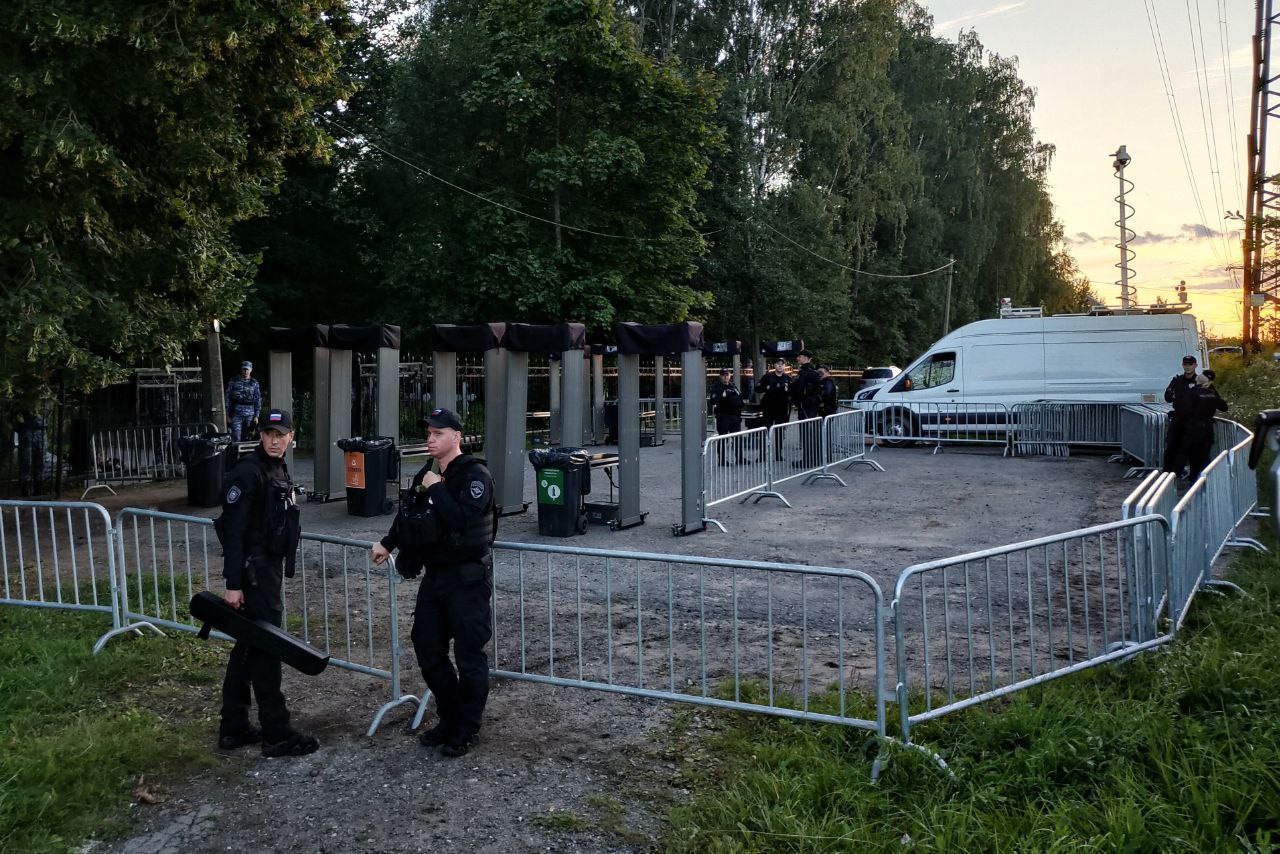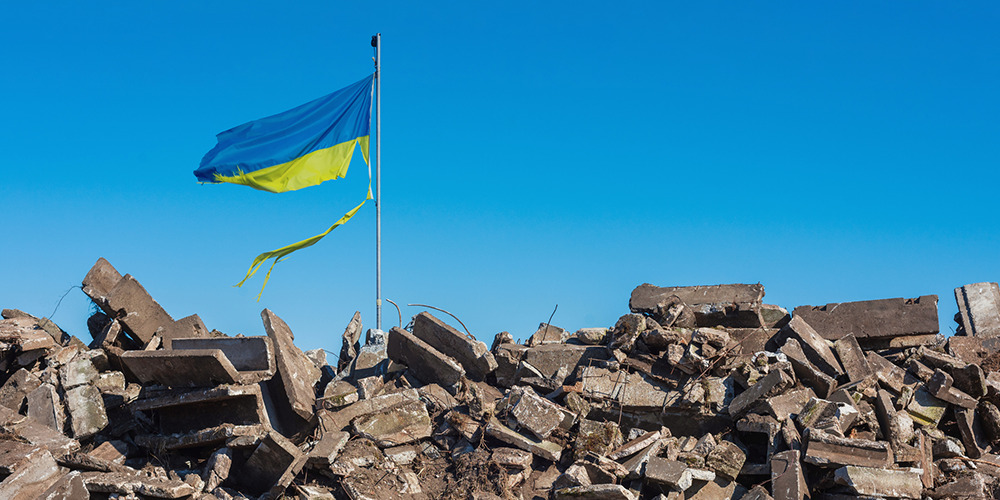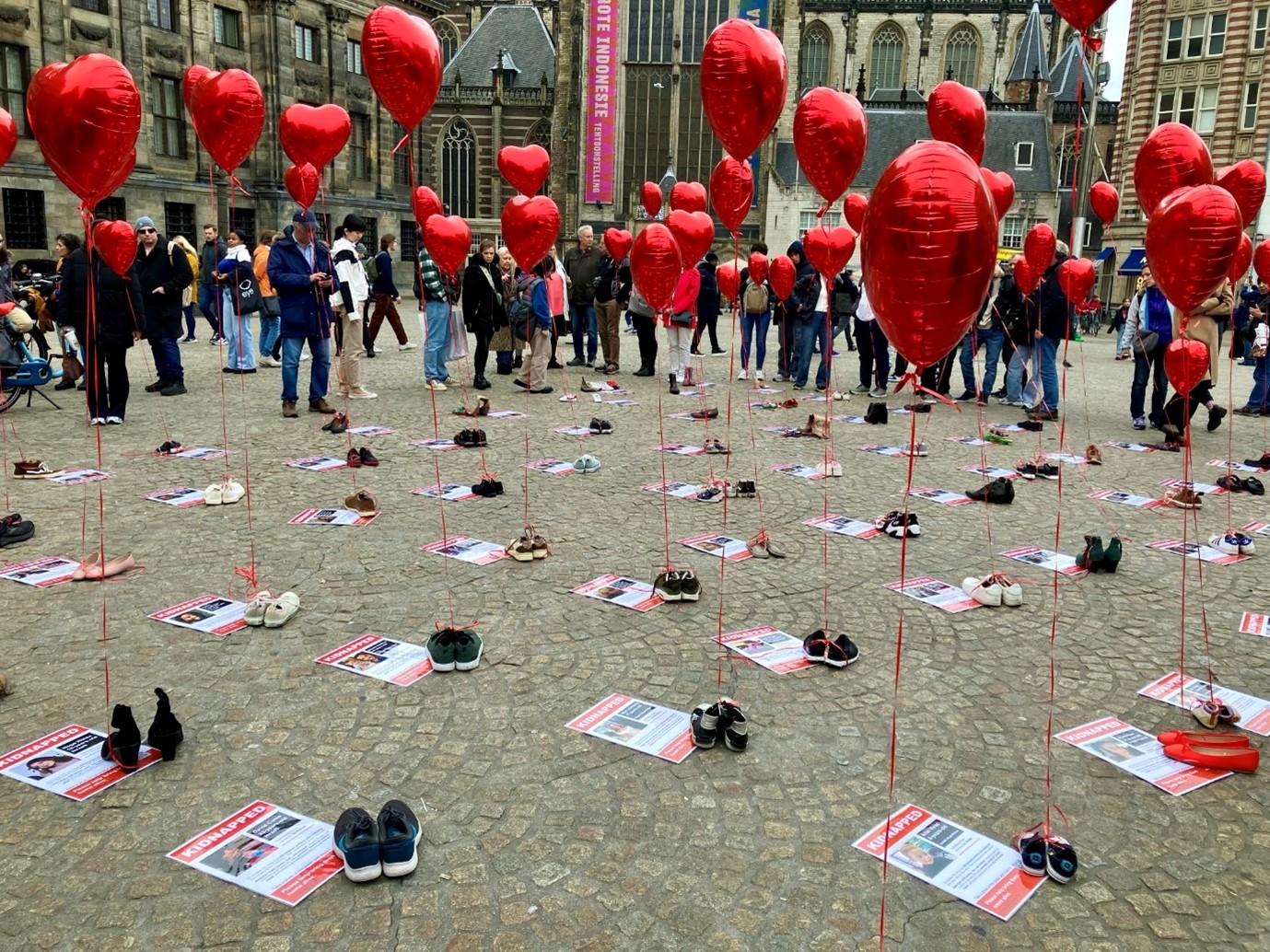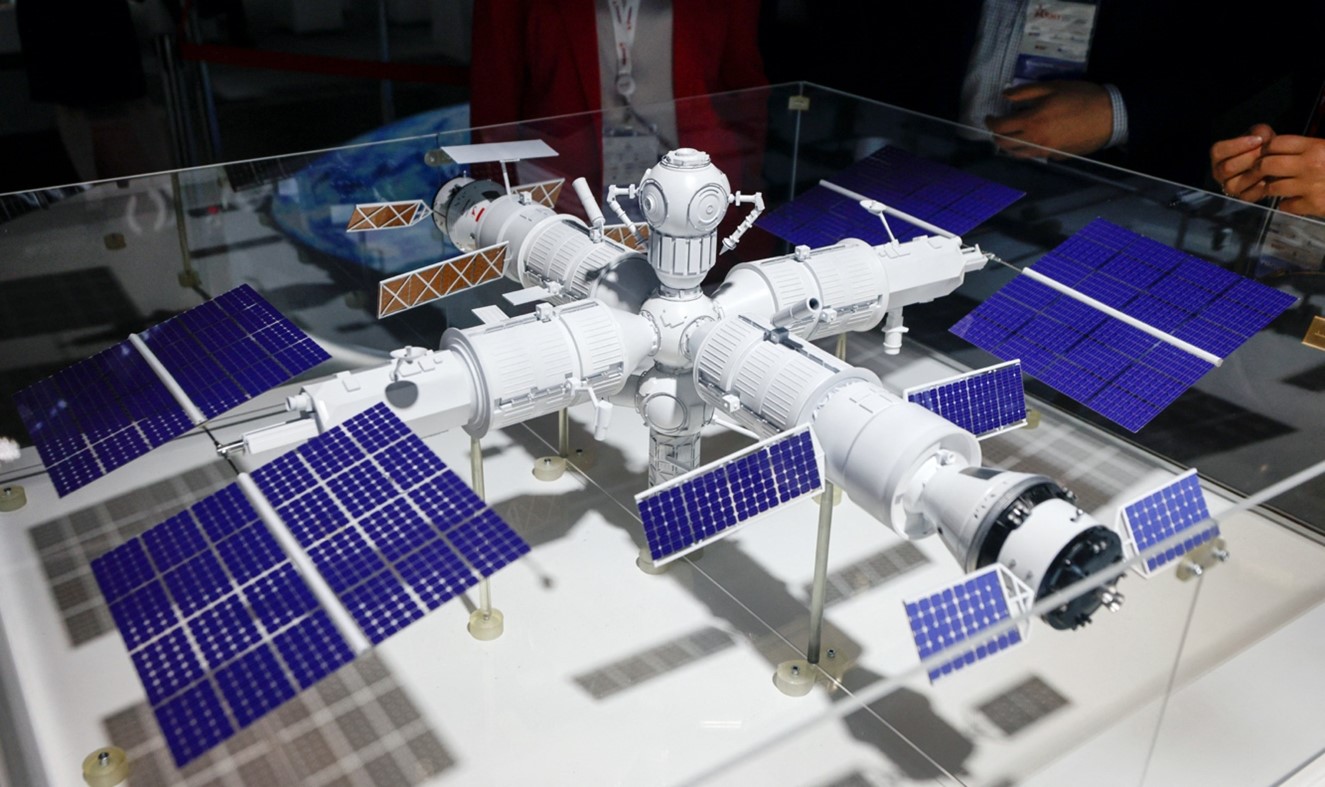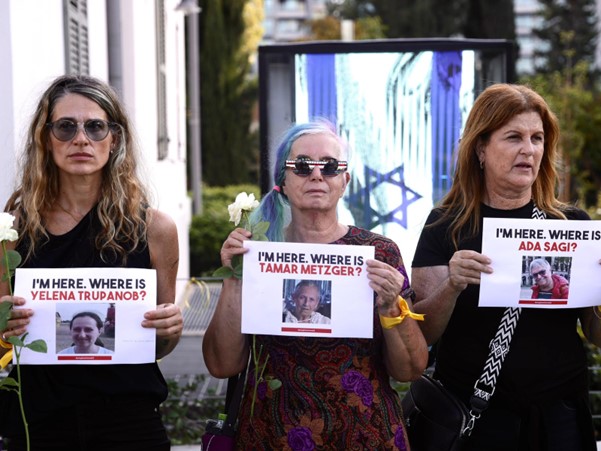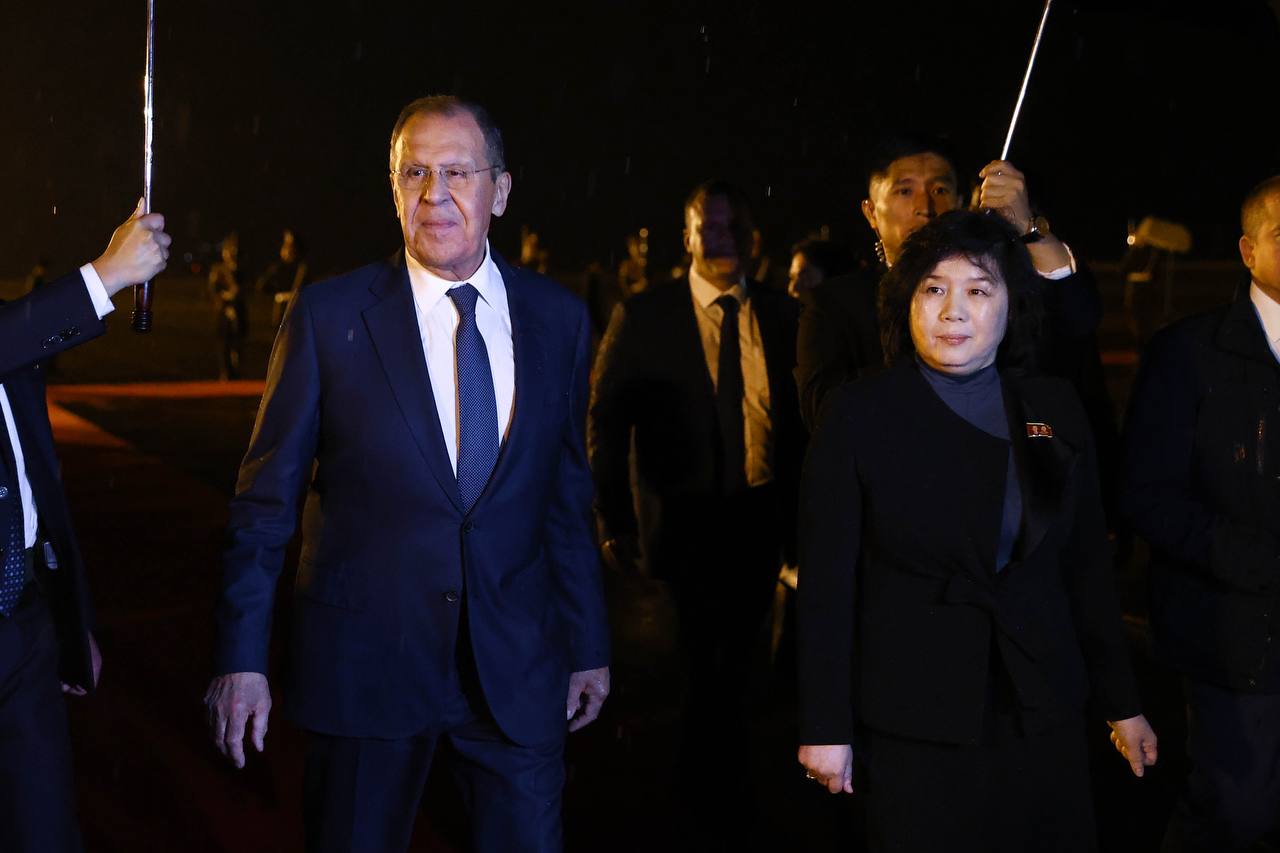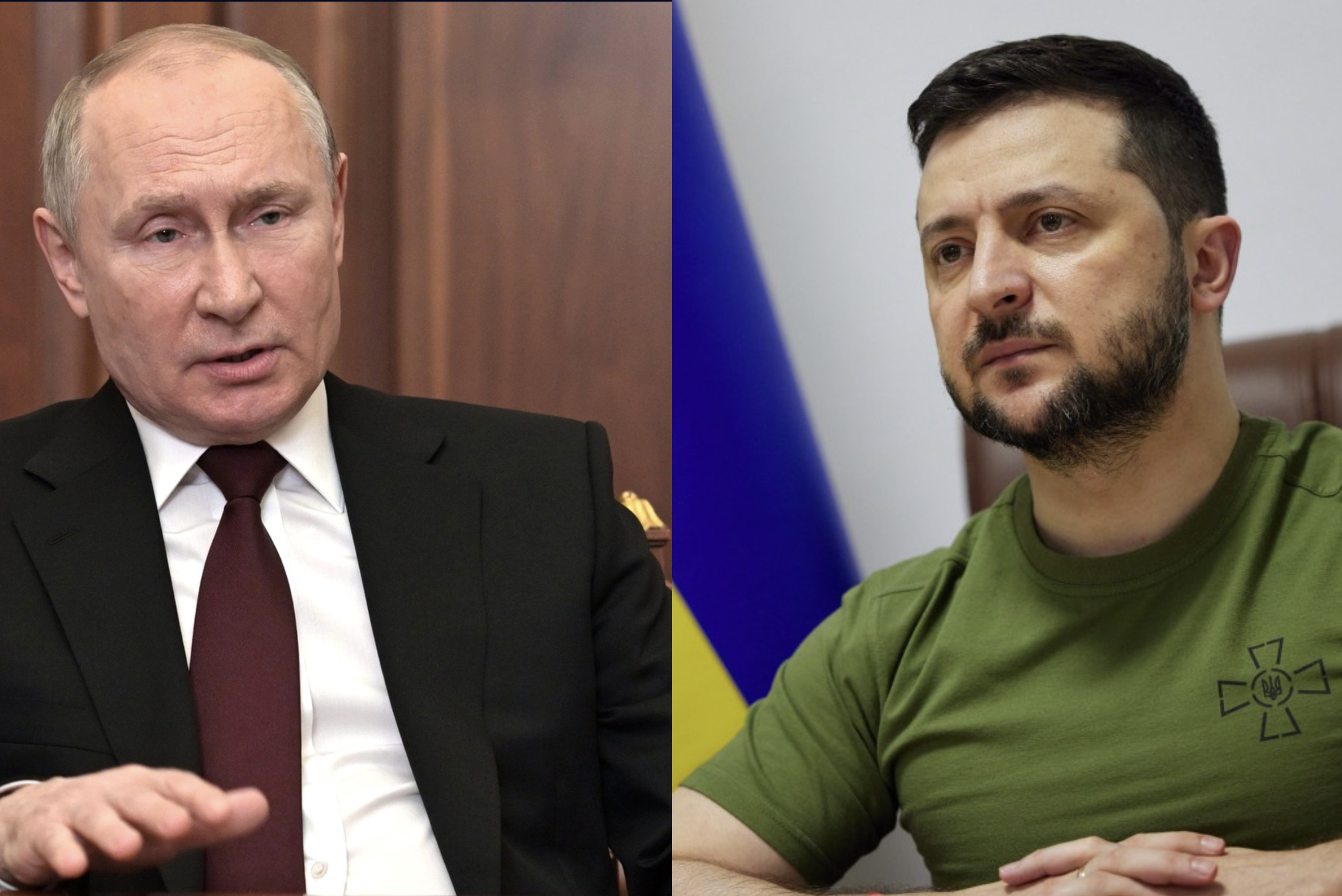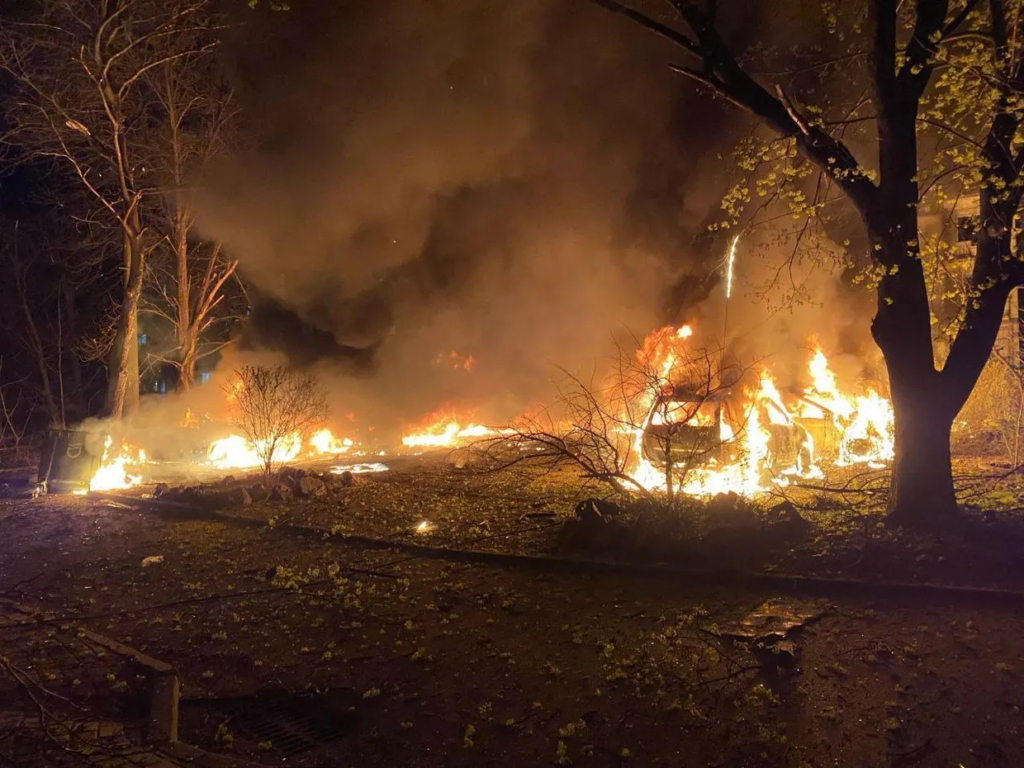
Attack drones are now responsible for 80 per cent of all battlefield casualties in the Ukraine war, Western officials have revealed.
Unmanned aerial vehicles – also known as drones – have now replaced traditional artillery strikes against opposition targets and account for between 70 to 80 per cent of Russian and Ukrainian military casualties, the officials added.
Russia has sustained over 900,000 casualties, of which 250,000 troops had been killed in action – the greatest number of battlefield losses since the Second World War, officials added.
It has also emerged that it will take Russia at least five years to reconstitute the vast numbers of personnel and equipment lost in Ukraine since the start of the illegal invasion more than three years ago.
There are now also more than 70,000 Russian troops who have lost limbs in the war – more than the total number of soldiers serving in the British Army.
In addition to casualties, Russia has lost over 10,000 tanks, 22,000 armoured personnel carriers, 26,000 pieces of artillery, 700 aircraft and helicopters, 28 ships, and one submarine.
Western officials also revealed that Russia had attacked Ukraine with over 10,500 glide bombs between January and March 2025.
Glide bombs are created by adding fold-out wings and satellite navigation to old Soviet bombs. They are inexpensive but highly destructive.

The officials also stated that Ukraine is currently being hit with at least 100 one-way attack drones every day – around one every 15 minutes.
A British military intelligence source told National Security News: “Drones have redefined warfare and have completely changed the nature of the battlefield. Artillery was once the biggest killer, but the conflict in Ukraine has quickly demonstrated how events on the battlefield can shift rapidly. This also signals how quickly the British Army must adapt to this new form of warfare. We have seen a glimpse of the future, and drones will dominate the battlefield.”
Ukrainian commanders have also revealed that the military’s reliance on drones is not just tactical but increasingly essential. With a notable decrease in ammunition – including fewer rockets from the US-supplied High Mobility Artillery Rocket System (HIMARS) – drones have filled critical gaps.
The HIMARS, capable of striking targets up to 50 miles away, has become less prominent on the battlefield due to limited munitions.
“HIMARS — I barely hear them at all anymore. They’re almost nonexistent,” Sgt Maj Dmytr said.
Ukrainian drone operators have now become so effective that they are a primary target for Russian counter-strikes.
Another drone pilot, Sgt Maj Vasyl, said that Russia was attacking drone teams using 1,000-pound glide bomb munitions that are fired from the air and are usually used to target buildings or defensive positions.
“If they detect a drone operator, everything is thrown at us,” he said.
Ukraine has also developed drones containing viruses – known as Trojan Horse drones – which are designed to be captured so the malware can help reveal the locations of Russian drone operators.
The development adds a cyber warfare dimension to a battlefield already transformed by drone technology.
Russian forces discovered Ukrainian drones carrying malware, evidence of which appeared in a video shared on social media. According to a Reddit post featuring the video, this malware performs various disruptive functions, including “burning out the USB port, preventing reflashing, or hijacking the repurposed FPV and revealing the operator location.”





